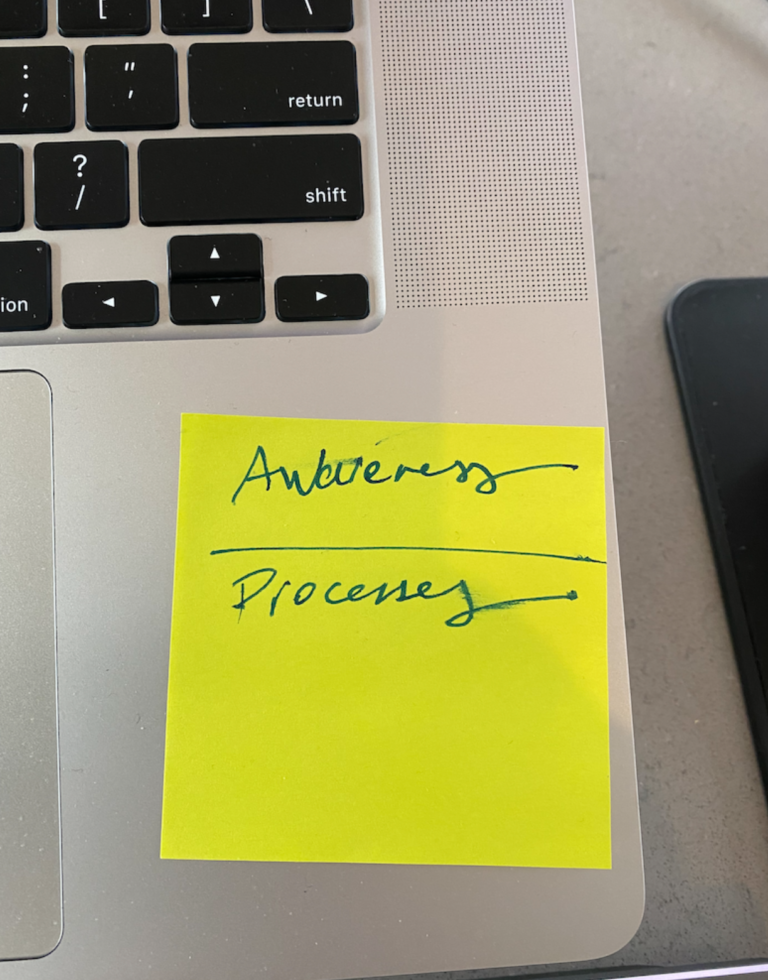Building influence with your target audience should begin within your own team.
2023 is the year of leadership and team building.
Whether you’re currently in a leadership position or you’re on your way, a leader-to-be – it’s time to embrace all of the unknown and chart a course forward. But every team, every situation is unique.
Whether you’re in-house or remote, the key is to experiment.
Try a few of these top 10 strategies to help build a happy and productive team that gets important things DONE!
Here we go!

1. People
Perhaps the most obvious (but also the most important) step to developing your ideal team is to find the right people.
What are your company’s primary objectives? Operating procedures? Values? Develop a recruitment system that will help you draw out the employees with the qualities you need.
Effective Hack: If you can, try working with people on short projects before both parties commit. It’s a great, low-risk way to test the waters and have real benchmarks and data to make better long-term decisions about who should/not be on the team. I can personally attest to this; most of my team started out with short-term projects and now we’ve found the right team to get things done.
For more ideas on keeping your team humming along, check out this article on about how to avoid employee turnover and have a clear idea of what to do.
2. Lead!
As a coach (and all leaders are coaches/mentors/advisors), your job is to lead… meaning, teach, guide, and nudge your team and the emerging leaders on your team to their full potential. The best way to do this is to lead yourself first. Which means you need to know yourself.
How does your personality shape the way you interact with people? Once you have self-understanding, you can appreciate how you will lead different personality types to draw out their full potential. And you want their whole self investing in your shared mission. Just remember, to get people to follow you, you have to be real, and that means vulnerable, aka, human.
Be real about who you are; not only what you’re committed to (aspirational) but also where you’re falling short. Sure, we all want to know what you’re aspiring to as a leader, but the real magic can be in hearing about the shortcomings. It’s the part of a story where we most connect with the main character, and it’s no different in real life.
For example, are you struggling balancing pandemic life with kids at home? Do you have family members dealing with pandemic burnout? It’s common, and very relatable; so share it. Be real about your own personal situation and connect with compassion with those around you.
For more, read this article on TED.com about the humble narcissist. Don’t worry about the title; get the content. https://ideas.ted.com/tapping-into-the-power-of-humble-narcissism/

3. Enjoy!
We all have memories of team building exercises; some have gone well (The 30 person scavenger hunt in Vegas which I’ll never forget), and some shudder-worthy memories (been to a “paint bar” anyone?)
But, good or bad… you’ve got to try something. Even on virtual teams, these activities can go a long-way to forging relationships. Learn more about why, when and how to use ice breakers during team building, and start developing your own exercises today. Have some fun; it makes for memorable moments that will really matter and keep things light when the going gets tough. The memories will be a prompt to everyone (by seeing a photo or a video of the event) “Hey, even though we’re grinding, this team is full of real people who like and care about each other.”
4. Communicate!
The key to any great relationship is communication. Ask my attorney (ba-dum-dum). But seriously, honesty, friendliness, openness and patience are essential to being the receptive, approachable leader your team needs. What we want most in a colleague is transparency so we can build trust. When we’re reflecting on our work colleagues/manager/boss, we’re thinking: “Is this person supportive of my success?” “Can I be my true self with this team?” Trust is key. And to build trust, we need to communicate clearly. Read more about what it takes to be a great communicator, and most of all, put structures in place (like weekly meetings) to start practicing your skills.
5. Evolve!
One exciting aspect of being a part of a team is the opportunity to learn new things about ourselves and our chosen profession. Provide your team with opportunities to learn and grow through training and professional development opportunities. Bonus: everything they learn they can use in practice which will benefit your efforts in the long-run.

6. Purpose!
Once you have a relationship built between you and your team, you can start building your bond by growing together – which means deciding on your team goals and how you’ll go about meeting them as a team.
Two of our team goals in 2023 at InfluenceDNA is to focus on building awareness for what we’re doing (namely, content like this 🙂 and streamlining our processes. In fact, I have it written on a post-it note. Clear, simple and easy to identify. Two shared goals that are very visible for our team of about 10 people so we can stay focused and follow through.
7. Values!
Our values as individuals shape us and the decisions we make every day – and so too is this the case with teams. Over the past few years, many companies have been updating their values to reflect new social priorities – your team should do the same. What do you stand for (beyond profitability?) What’s your purpose?
Peter Diamand’s year-end email encourages people to define their MTP; Massively Transformational Purpose. Mine (so far) is: “To help give leaders and innovators the communication and interpersonal skills to unlock value and create an abundant future for all.” Maybe cheesy, but I write it down daily to align me with what I’m committing to do with my limited time on this earth.
Once you know that you can work together, and you know what you’re working toward, you can decide on the rules that shape how you work together to meet your goals. Transparency, supportiveness and respectfulness are some of the values you and your team might want to agree upon.
8. Incentives!
We all like to be rewarded for good work. Make sure you find sincere and creative ways to celebrate achievements great and small for each member of your team. It makes people feel good about the work they have done, and it’ll motivate them to keep up the good work! Plus, more than ever we could all benefit from some good old fashioned positivity.
9. Empowerment!
Strengthen your team by letting them test out their own theories, practice new skills. Empower your team to feel confident in their own abilities by trusting them – and supporting them when their plans don’t work out how they hoped. If this pandemic has shown as anything – it’s that we can adapt and we are resilient. Now is not the time to be rigid in your approach. Embrace creative problem solving and accept failure on the path to success.
For example, we’ve been testing out all kinds of software for our team (everyone’s remote) and while we haven’t solved it yet, it’s been fun to try different tools, and everyone gets to grow, learn and try new things because we’re all about iterating, improving and trying.
10. Measure!
Track your success stories and your learning moments as you go to build an understanding of yourself as a leader, and as a team. Keep track of your growth and embrace the ways you’ve changed. Every good leader knows how to learn, evolve and grow – teach your team the same, and reflect on how far you’ve come to achieve your goals.
This is easy to say, hard to do; but it’s reality and a picture in time, that can give useful feedback on where we stand and more importantly, what we want to do to GROW! And it’s all about growing, improving and getting to where we want.
Start Investing in Team Building Today
Read: How to Build Rapport (Tips From Interrogation Experts) – Read article
Watch: Patrick Winston’s MIT talk – Watch Now
Do: Listen first – without distraction – with authentic presence.
Contact: Get in touch below to learn more about how I work with global companies to coach their emerging leaders – or to just chat about leadership trends!





